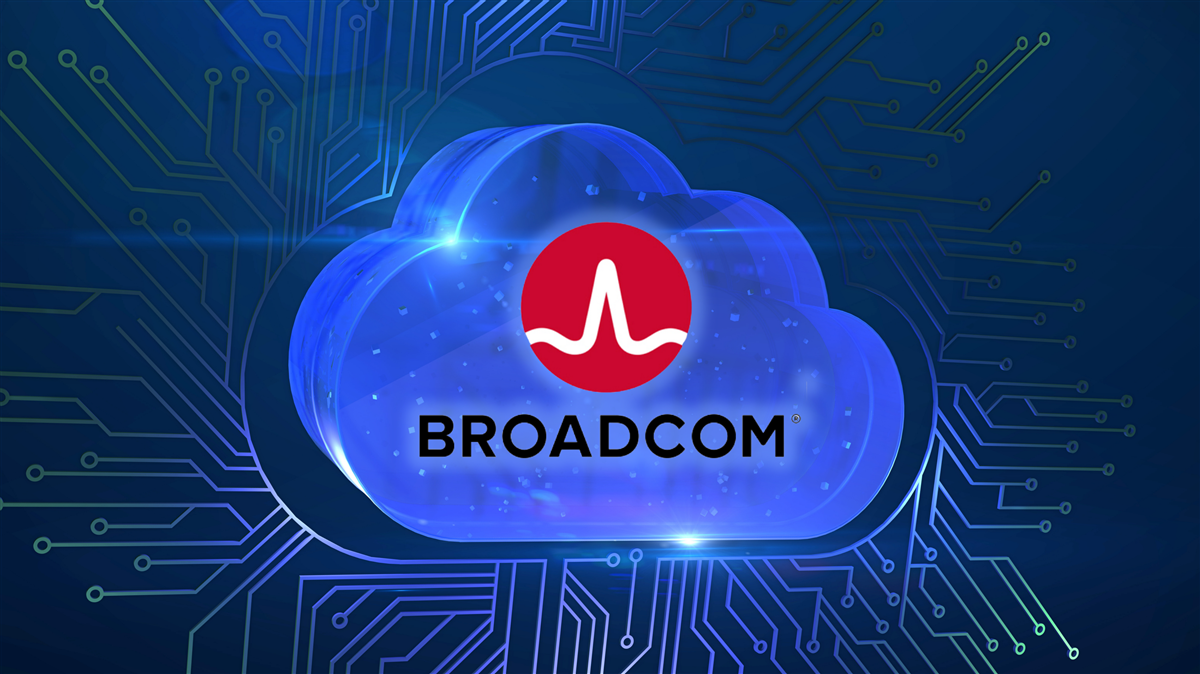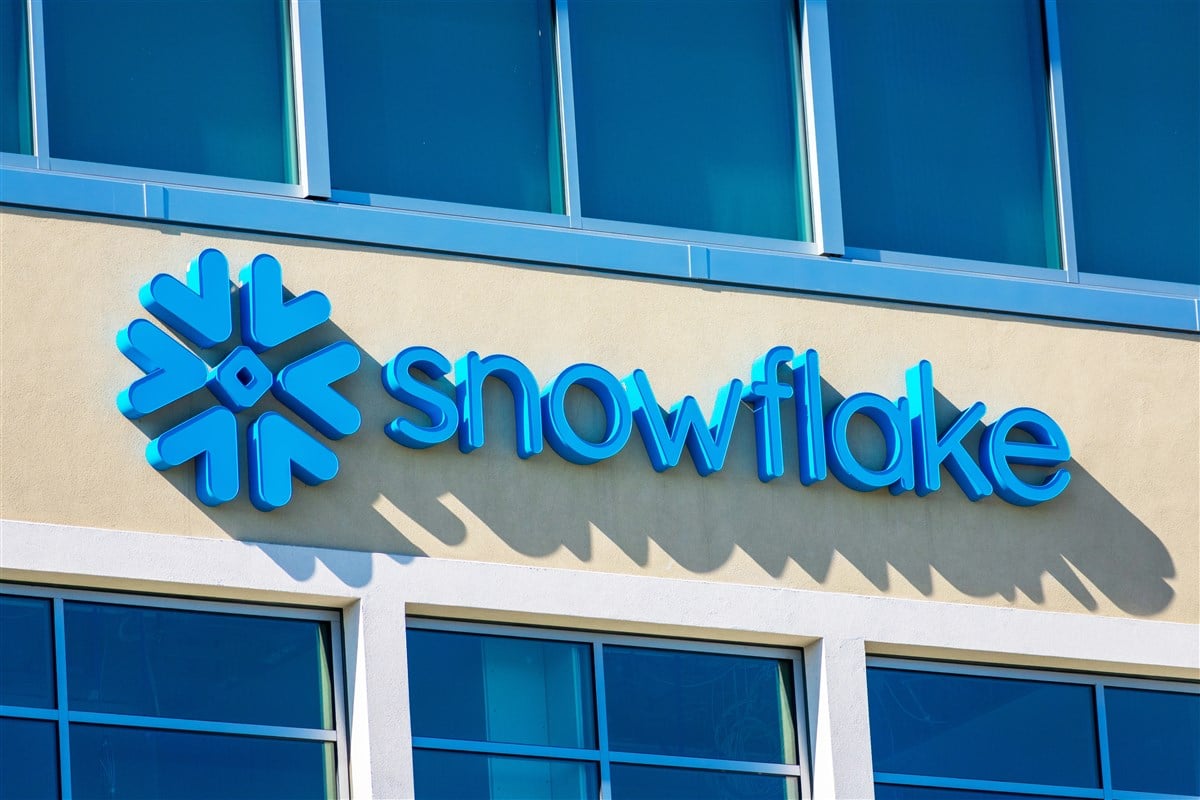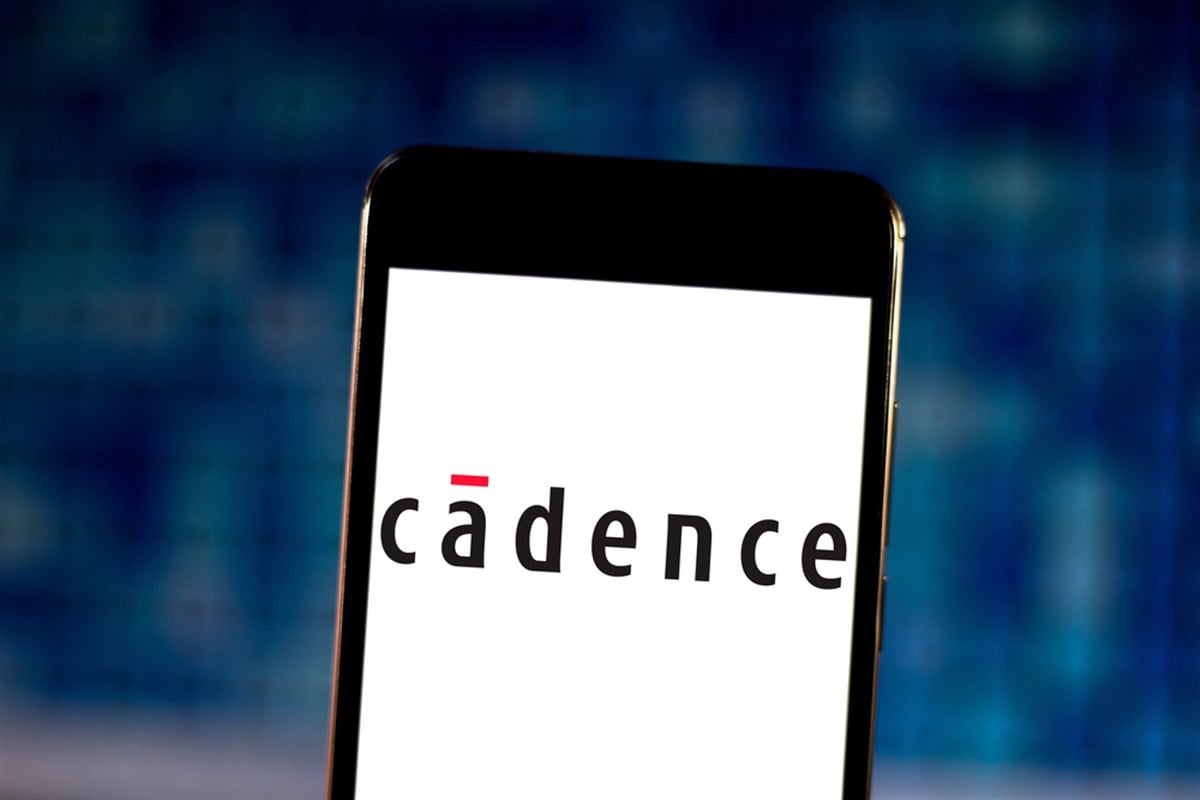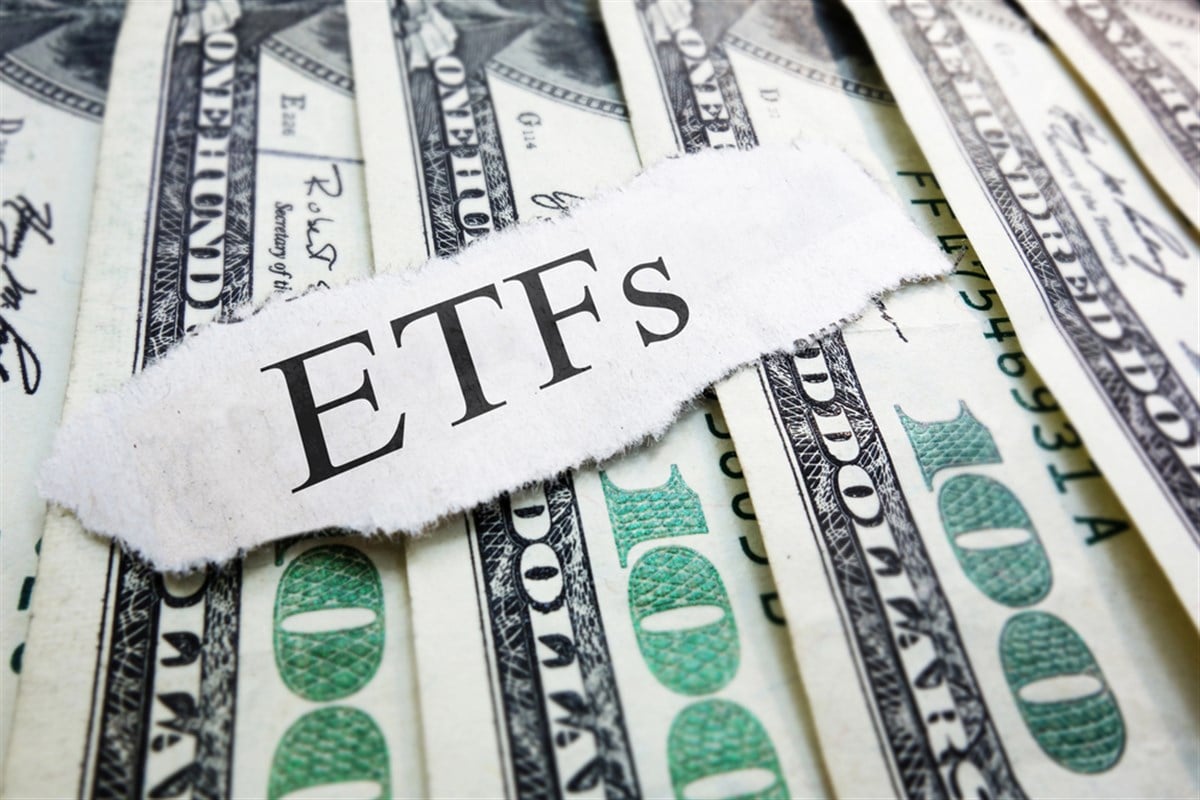NVIDIA: The FOMO Melt-Up Could Reach a $7 Trillion Market Cap
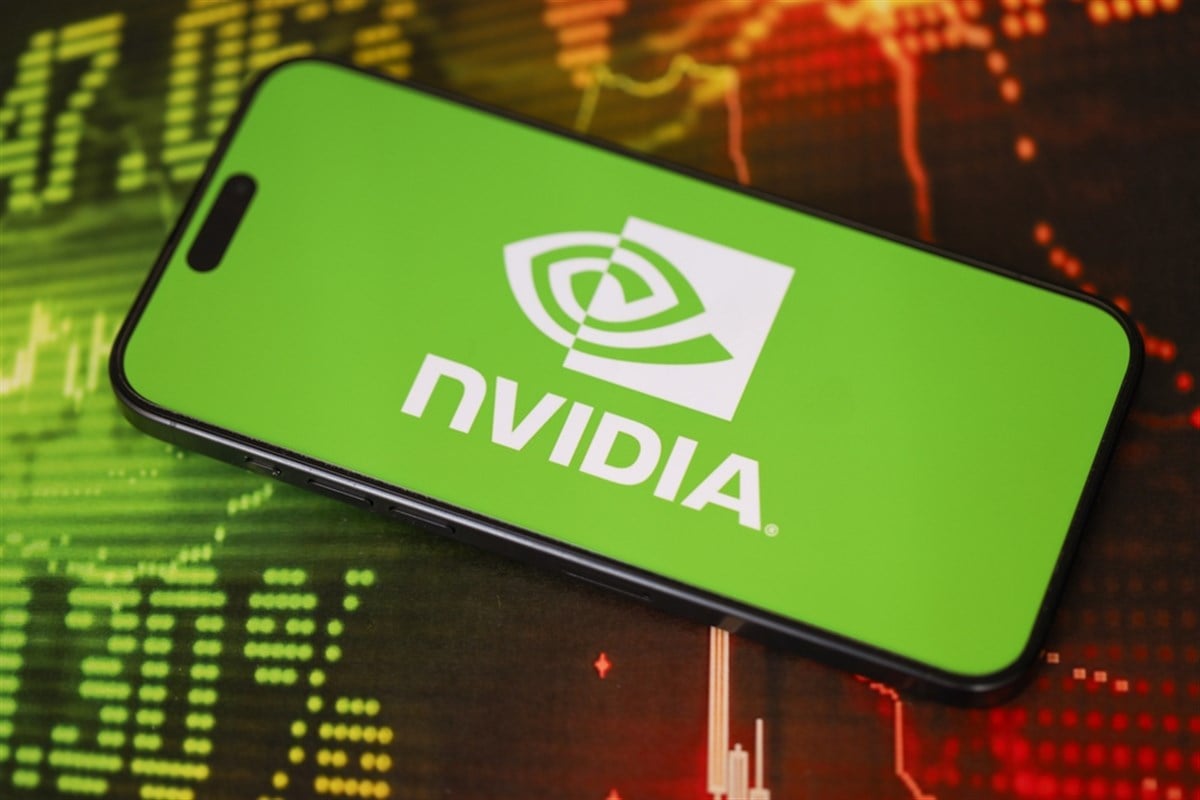
Regardless of the strong fundamentals fueling NVIDIA (NASDAQ: NVIDIA), a FOMO-driven melt-up has taken hold of the market. If a $5 trillion market cap seems impressive, just wait to see where NVIDIA is headed.
Its closing price on the day it surpassed the $5 trillion mark, Oct. 29, was just over $207. A 20% increase in the share price is all it will take for this market to cross into the $6 trillion zone, and much loftier price points lie ahead.
The news cycle, which includes past results, hot guidance, robust deal volume, and an ever-increasing backlog, makes it hard to value the business; all we know is that it is ginormous, growing at a wicked hot pace, and likely to remain in similar condition for the foreseeable future.
Until we see a potential revenue peak, this stock price will probably continue rising.
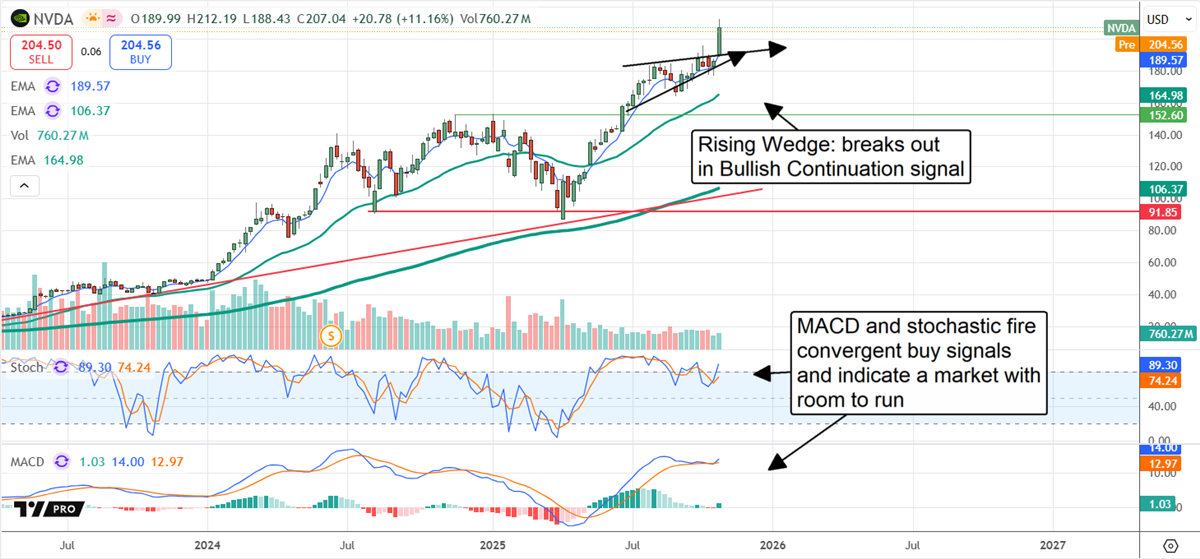
Analysts Put a High Price Tag on NVIDIA: It May Not Be High Enough
Analysts' trends suggest that this market could soon top $7 trillion in market cap. The data tracked by MarketBeat reveals a swelling market with robust coverage, coverage surging, sentiment firm at Buy, and increasing price targets, which combine to create a powerfully bullish market force.
The consensus estimate predicts a 9.65% increase from the Oct. 29 close of $207.04, with the upper estimate 55% higher, potentially reaching around $7 trillion. There is a risk of a bubble forming; however, the caveat is that it is still expanding and may not burst in the usual manner.
While NVIDIA’s revenue, forecasts, and analysts' sentiment are swelling, so is its cash balance. At the end of fiscal Q2, the cash balance topped $56.70 billion, up nearly 6% sequentially, 30% year-to-date, and almost 70% year-over-year, with cash flowing into the business quarterly.
NVIDIA has the capital to invest in future growth, including key areas of AI development like computer vision, autonomous driving, and robotics. The data center bubble may burst, but another will emerge afterward, and there is also an upgrade cycle to consider.
Today, the rush is to build data centers with Blackwell technology and soon the Vera Rubin iteration, which is more of an AI optimization than a technological advancement.
Eventually, perhaps with the next generation, NVIDIA’s AI technology will advance, and all those data centers undergoing a multi-billion-dollar upgrade will have to do so again.
NVIDIA Is a Cash Machine, Investing in the Future of AI Technology
Meanwhile, NVIDIA has also established itself as a dividend-paying stock that buys back shares. The dividend is a token, yielding less than 0.10%, but it helps ensure broad market coverage, is reliable, and growing. The payout ratio is less than 1.25% of the earnings forecasts (likely low), allowing for distribution growth regardless of earnings growth and robust increases over time.
The last dividend increase coincided with a 10-for-1 stock split, giving investors significant leverage. The share repurchase activity in Q2 led to a 1.27% decrease in the share count compared to last year and is projected to continue reducing shares at a similar rate in the next quarter.
And the technical action is very bullish. The market formed a Rising Wedge Pattern ahead of its march above $5 trillion in market cap, typically a Bearish Reversal Signal. However, on rare occasions, the break is to the upside, as in this case, which is a bullish continuation signal.
In this scenario, NVIDIA’s stock price could continue rising, potentially doubling the April to October movement, and adding another $90 (base-case) to 50% (bull-case) to its stock price. These targets put NVIDIA up 43% to 50% within the next six to eight months, more than sufficient for a $6 trillion market cap.
Learn more about NVDA